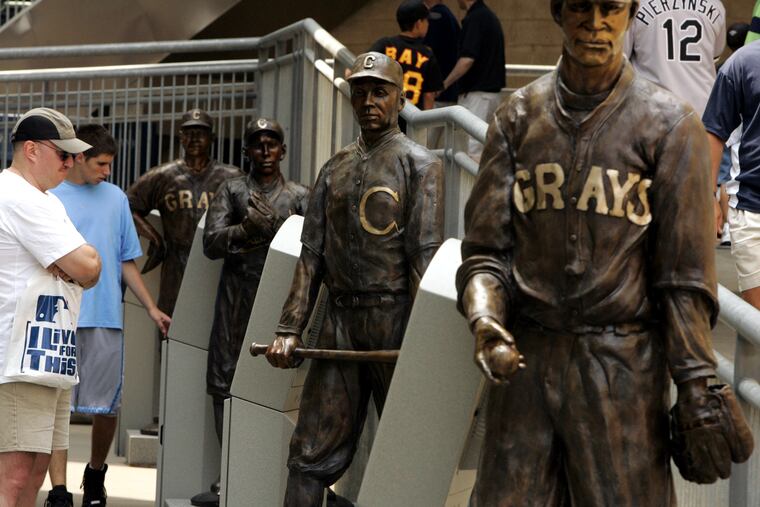Baseball’s record-book integration restored Oscar Charleston’s rightful place in the game’s history
Charleston, whose playing career included stints in Philadelphia, is now third all-time in batting average. As a player, he was compared to Willie Mays.
